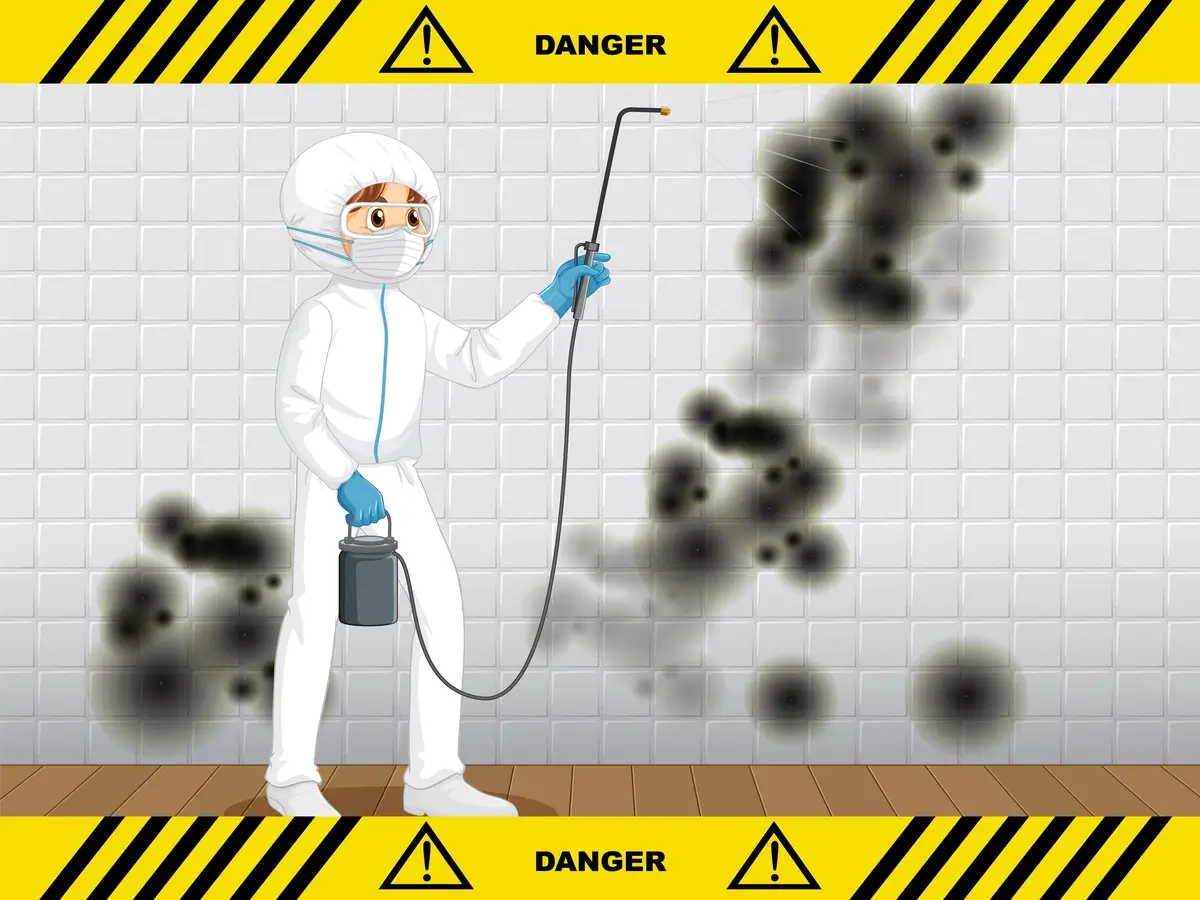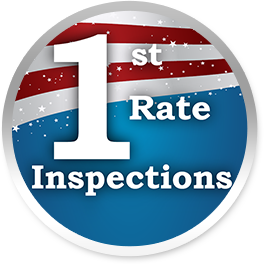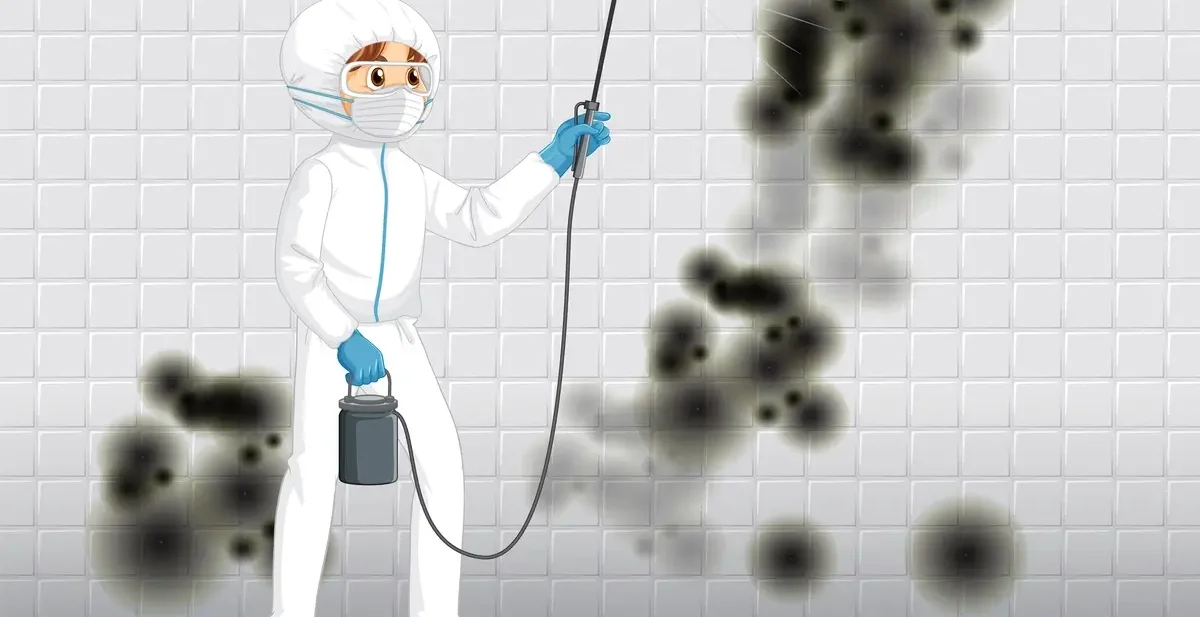
Mold is a common problem in Houston due to its humid weather. The humidity provides an ideal condition for mold growth. Therefore, it is necessary to understand mold thoroughly before buying or selling a home.
Mold acts as a silent killer and causes different health issues, such as asthma, shortness of breath, dizziness, and skin allergies. Due to these severe health issues, it is necessary to get a mold inspection and testing so that you and your family can live a healthy life.
Mold spreads with its spores. These spores are suspended in the air and float with it. They reproduce themselves after landing on a surface such as a ceiling, floor, or other wood material.
Usually, mold can be seen as dark green or black, while sometimes it can hide behind the walls. So even though it’s not physically visible, it can still create health issues.
Yes, there are various home inspection companies that offer mold testing and inspection services, but 1st Rate Inspections is reliable, affordable, and the customer’s favorite (more on this at the end).
In this blog, we will discuss the key difference between mold inspection and testing and their importance in improving the home’s health and your belongings.
What is Mold Inspection?
Mold inspection is the process of visually checking signs of mold. A home inspector plays a crucial role here. They thoroughly check your home and identify the presence of mold, which may be different colors. Due to their experience, they can examine the key parts of a home, like attics, crawls, roofs, and the water system. They check for water leakage, which is the key factor in the growth of mold.
Process of Mold Inspection
During a home inspection, a certified home inspector walks through the building and identifies signs of mold. Here, we discuss the process used to detect mold signs in a home step by step.
Visual Check
The home inspector examines the home thoroughly and identifies the signs of mold that can be seen with the naked eye. This is one of the initial and most crucial steps of a mold inspection.
Check Humidity
After the visual inspection, the inspector will check for humidity. Humidity is the key reason behind mold growth. It provides a sufficient environment for mold. The home inspector uses a humidity detector to check the actual amount of moisture in the home.
Identify the Source of Moisture
The inspector will look for obvious and hidden sources of this moisture. They trace the water system throughout the home and check for leakage in pipes or faucets. This leakage could be the reason for high moisture values in certain areas of the home.
Ventilation system
Poor ventilation not only affects indoor air quality but also encourages mold growth. Therefore, a home inspector pays attention to the ventilation system and makes sure that the home allows fresh air to enter.
We’ve got a very interesting read on why to hire a professional for mold testing. If you’re interested in how a professional inspection company checks for mold and how it helps you live a healthy life, do check it.
What is mold testing?
Mold testing involves taking samples of different surfaces and sending them to the laboratory for analysis. It helps identify the type of mold and what possible effects it can have on your health.
To perform the test, a home inspector takes samples of air and different surfaces. These samples are key to finding out exactly what you can expect from the mold lurking in your home and what steps you’ll need to take for a better life.
Process of mold testing
Collecting a small number of samples during mold testing can help gain a deep understanding of mold. These are some tests that are performed.
Air testing
In air testing, air is collected from different areas of a home. These samples are analyzed to measure the quantity of spores in the air. This test is helpful in identifying hidden mold particles that cannot be seen with the eye.
Surface testing
Surface testing involves taking samples from various surfaces, such as walls, floors, and furniture. Different surfaces are differently susceptible to mold growth, so having an inspector swab or tape-lift the surface from different things can help you identify which areas and things are affected by mold.
Bulk testing
In this test, a home inspector takes a piece of drywall, insulation, or wood to determine the presence of mold. This test is performed to analyze the presence of mold within the material. This is suggested for areas where conditions are favorable to mold growth, but you can’t see it as it may be hidden within the material.
Laboratory analysis
After collecting the samples, the home inspector sends them to the laboratory, where experts perform tests on them. They identify the species of mold and quantify the spores in the air. This analysis reveals hidden facts about mold, such as whether it is allergic or toxic.
The key difference between mold inspection and testing
Mold testing and inspection are not the same thing. In mold inspection, mold can be seen with the naked eye, and the home inspector examines various areas of the home for this.
However, in mold testing, the home inspector takes samples and sends them to the laboratory, where the experts analyze them and identify the species of mold. They provide scientific data on mold and reveal how much is allergic or toxic.
Conclusion
It is very important to know the difference between mold inspection and testing to better understand the home’s health. This is especially true for homeowners who want to get a deep understanding of mold. If they know about the mold, they can decide to have it inspected or tested. We strongly recommend hiring a certified home inspection company like 1st Rate Inspections for mold testing and inspection services. They have professional home inspectors to provide authentic inspection reports.





